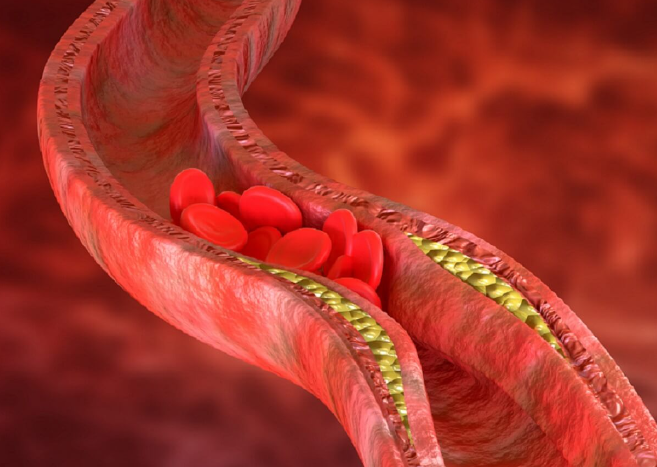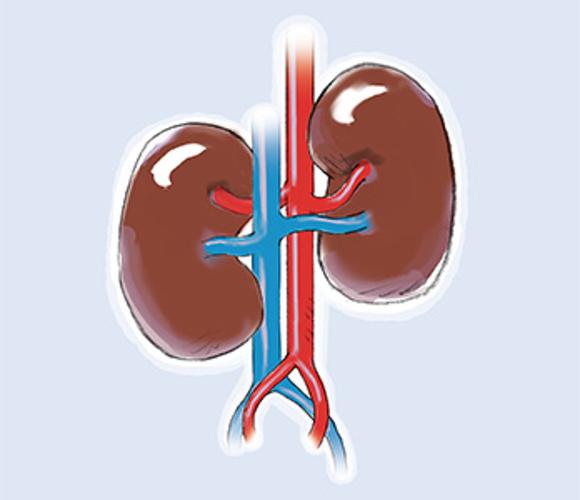Do you know how many people die from blood clots every year? Check below to discover its dangers.
Clots: The Bodyguards That Might Overstay Their Welcome
Think of blood clots as your body’s emergency response team. They’re there to stop the bleeding when you’re cut, but if they don’t get the memo that the crisis is over, they can turn into a health hazard.
Clot Formation: The Quick-Draw Process
Imagine your veins are a highway. When there’s damage, it’s like an accident on the road. Clots rush in, using platelets and proteins to set up a barrier. But if they keep building when the road’s clear, you’ve got issues.
Clot Types: Fast Lane and Slowpoke
Clots come in two flavors: arterial and venous. Arterial ones clog the fast lane, the arteries taking oxygen-rich blood from the heart. They can cause heart attacks or strokes. Venous clots, often from DVT, are like traffic jams in the veins bringing blood back to the heart. If a piece breaks off, it can cause a pulmonary embolism—major league trouble.
Risk Factors: The Clot Catalysts
Lifestyle choices like sitting too long, being overweight, or smoking can set the stage for clots. Health conditions like cancer or heart disease, and your genetic makeup, can also raise the stakes.
Symptoms: The Early Warning Signs
Spotting clot symptoms is crucial. Arterial clots might bring on chest pain or shortness of breath—911 stuff. Venous clots, like DVT, might show up as leg swelling or pain. If you’ve got these, get to a doctor ASAP.
Diagnosis: The Clue Hunt
Diagnosing clots is like detective work. Doctors start with your story, then look for signs. They might use ultrasounds to see inside your veins or arteries, or go deeper with CT scans, MRIs, or blood tests.
Treatment: The Clot Takedown
The fight against clots often starts with blood thinners to keep them in line. In extreme cases, it might be time for clot-busting drugs or surgery. And remember, staying active, keeping weight in check, and not smoking can help prevent clots.
Bottom Line: Stay Ahead of the Clot Curve
Blood clots are the health wild cards. Know the risks, watch for signs, and stay on top of your game. Keep sharp, stay clued in, and don’t let blood clots throw you off your health game. Keep moving, keep living, and keep those clots in check!




